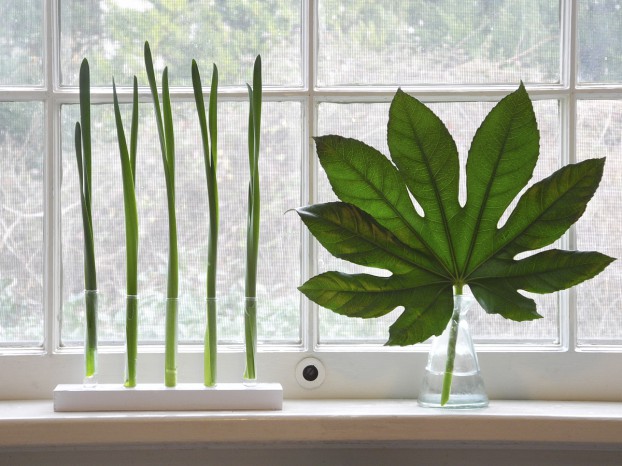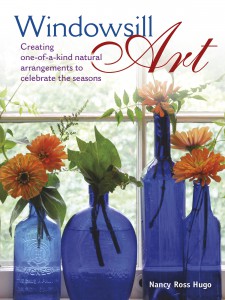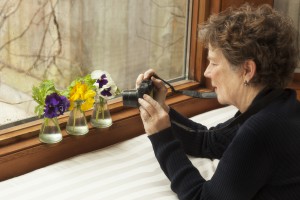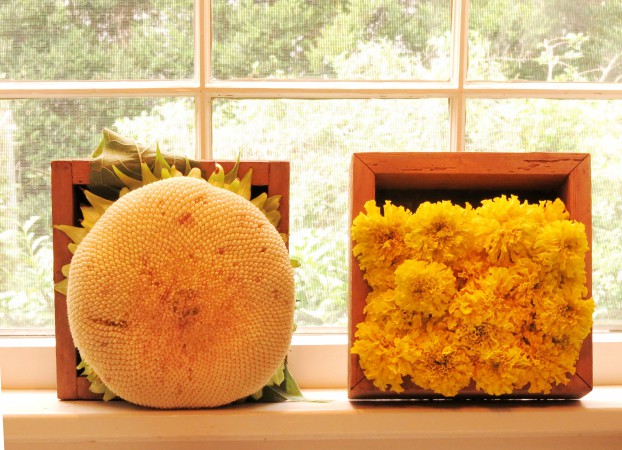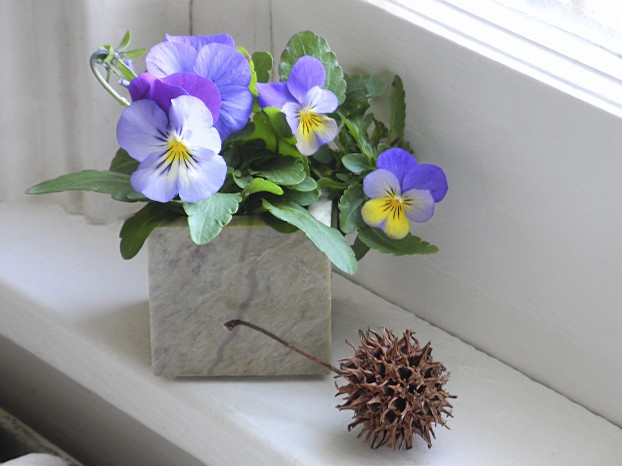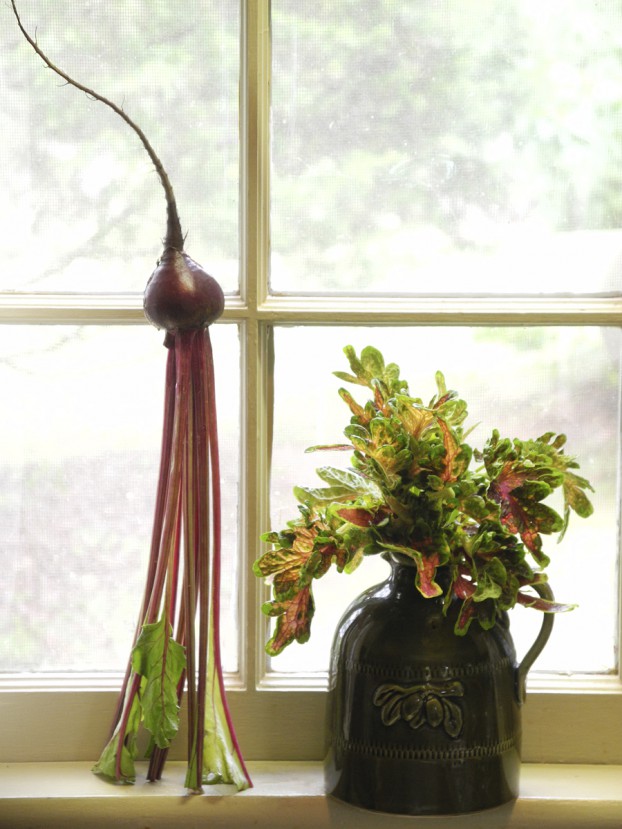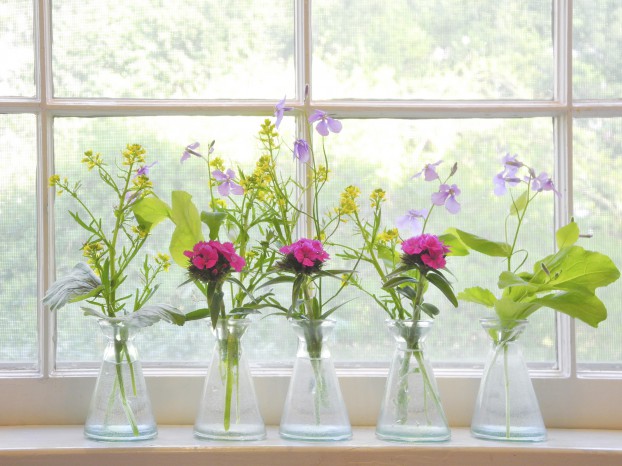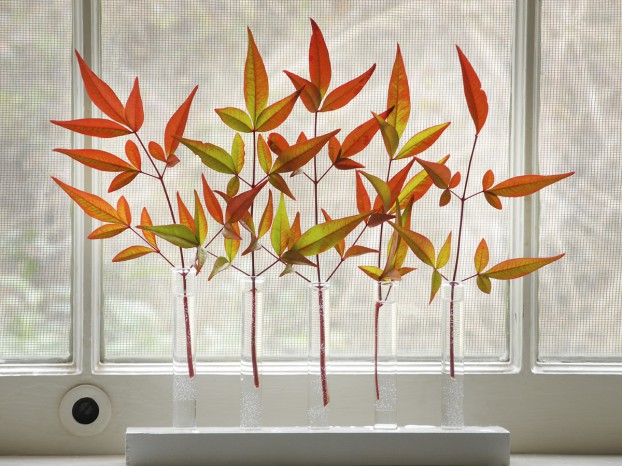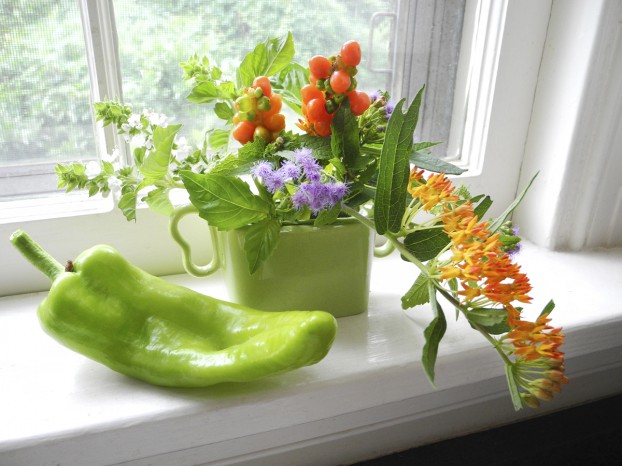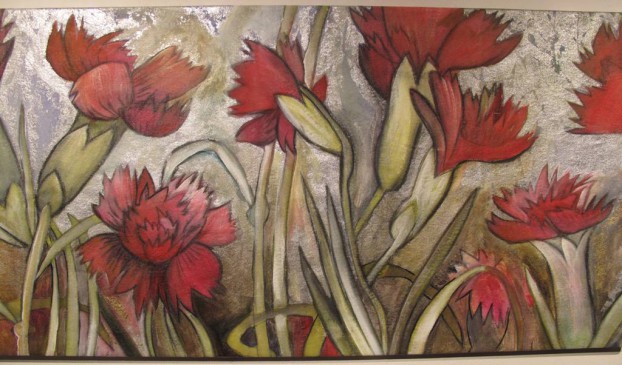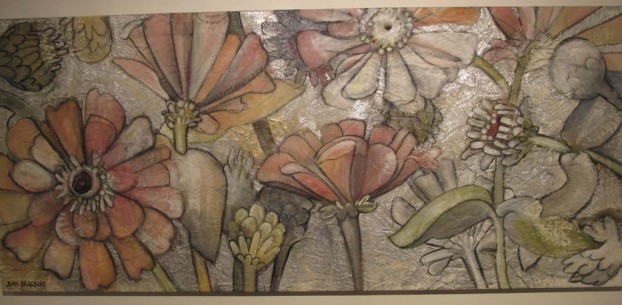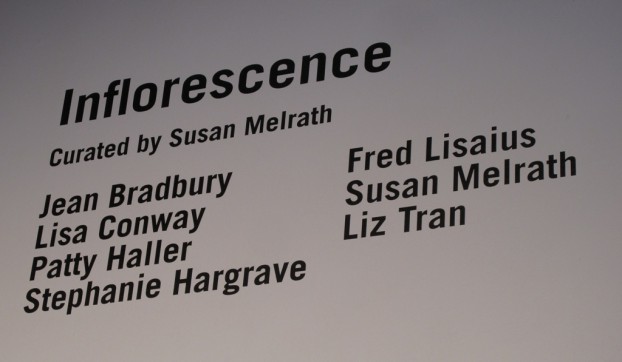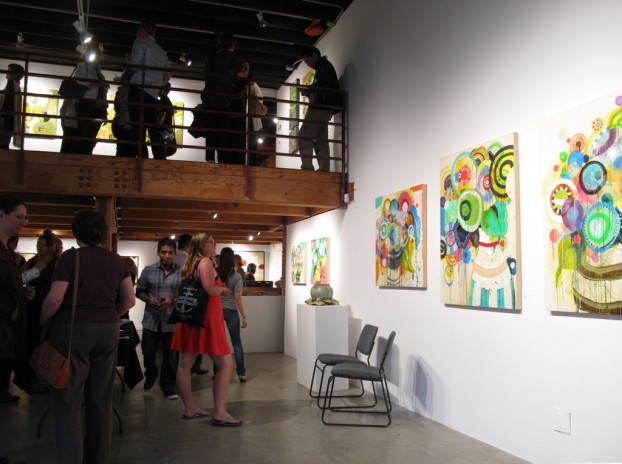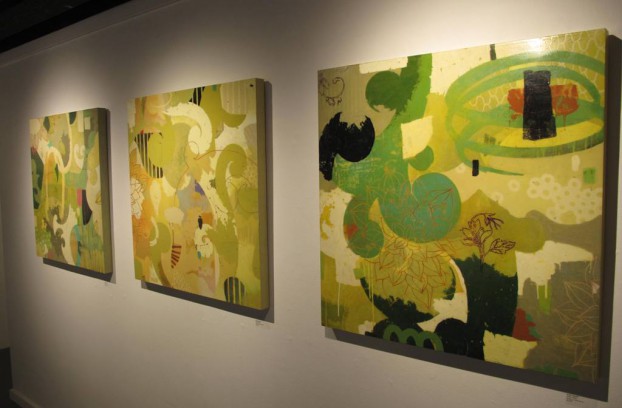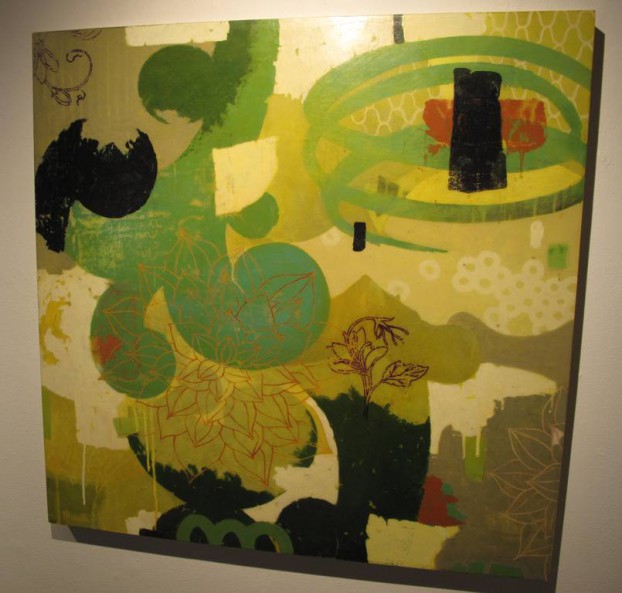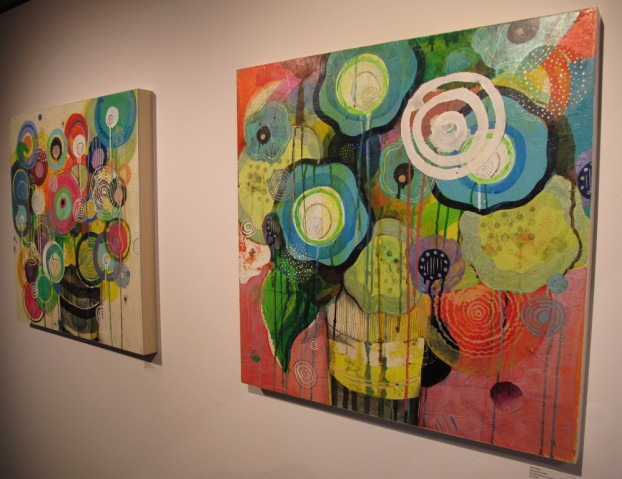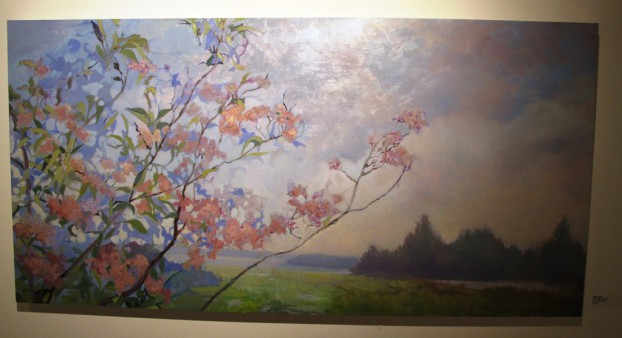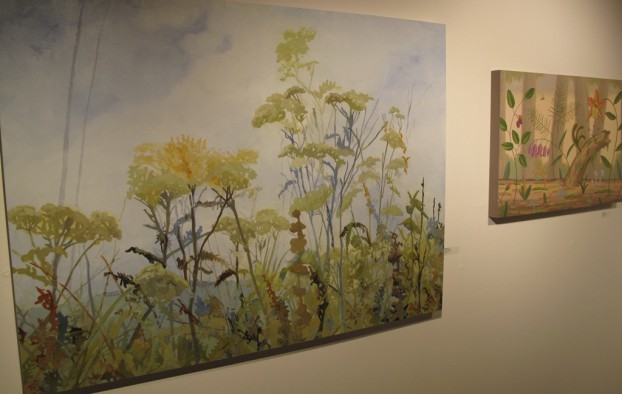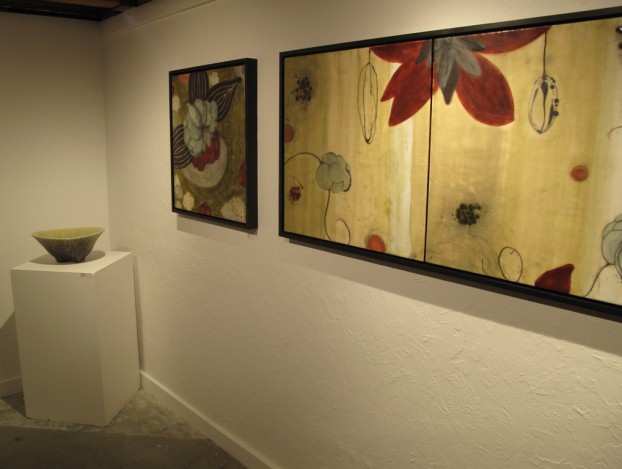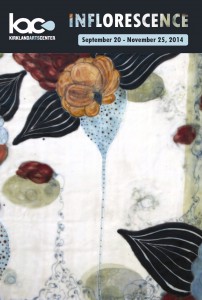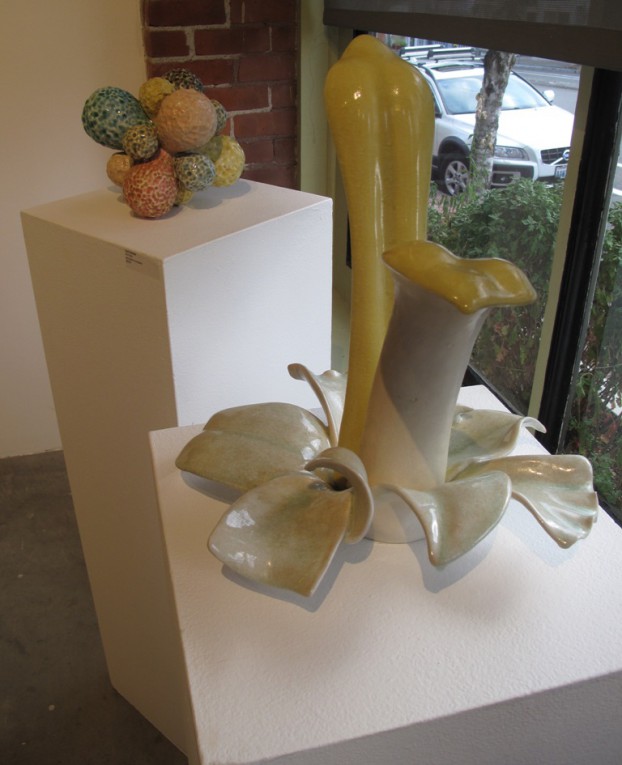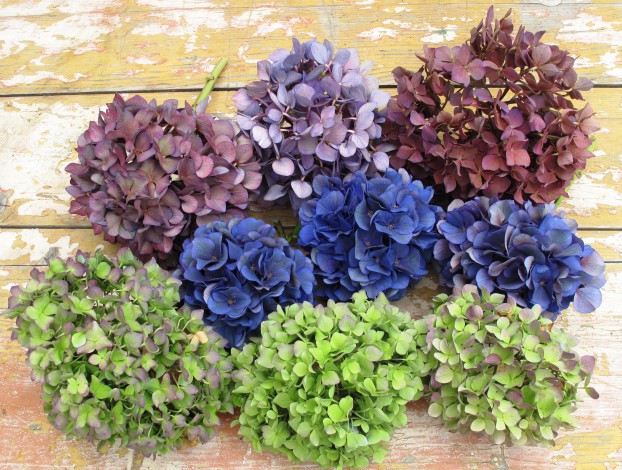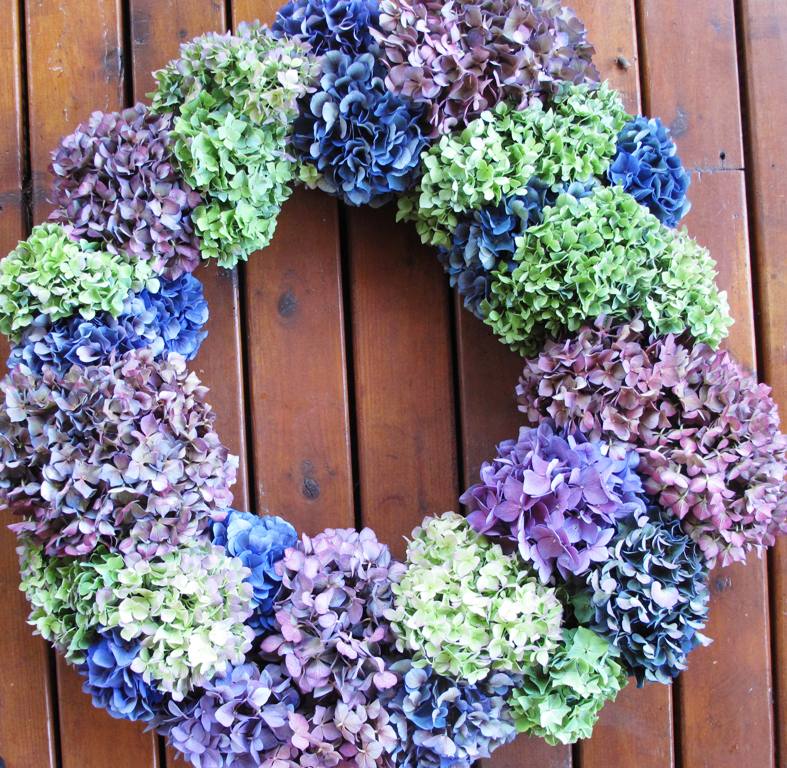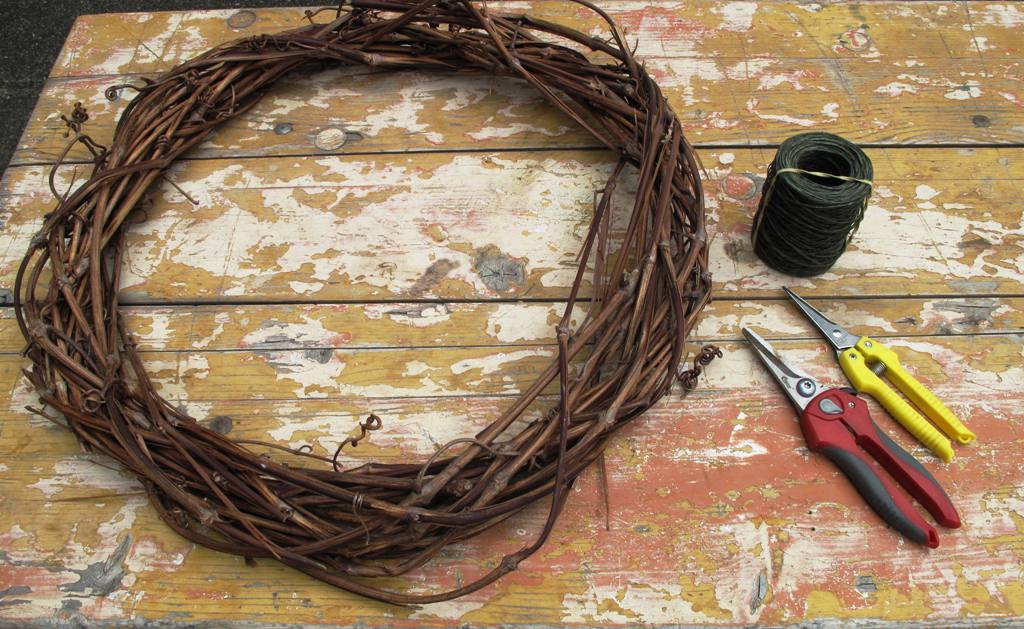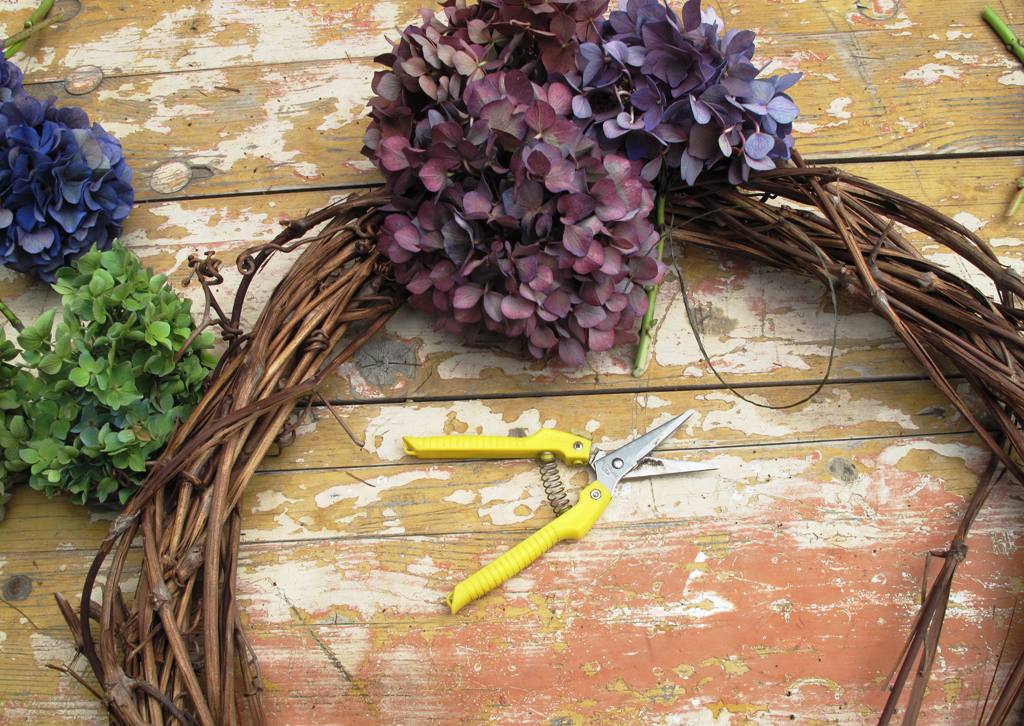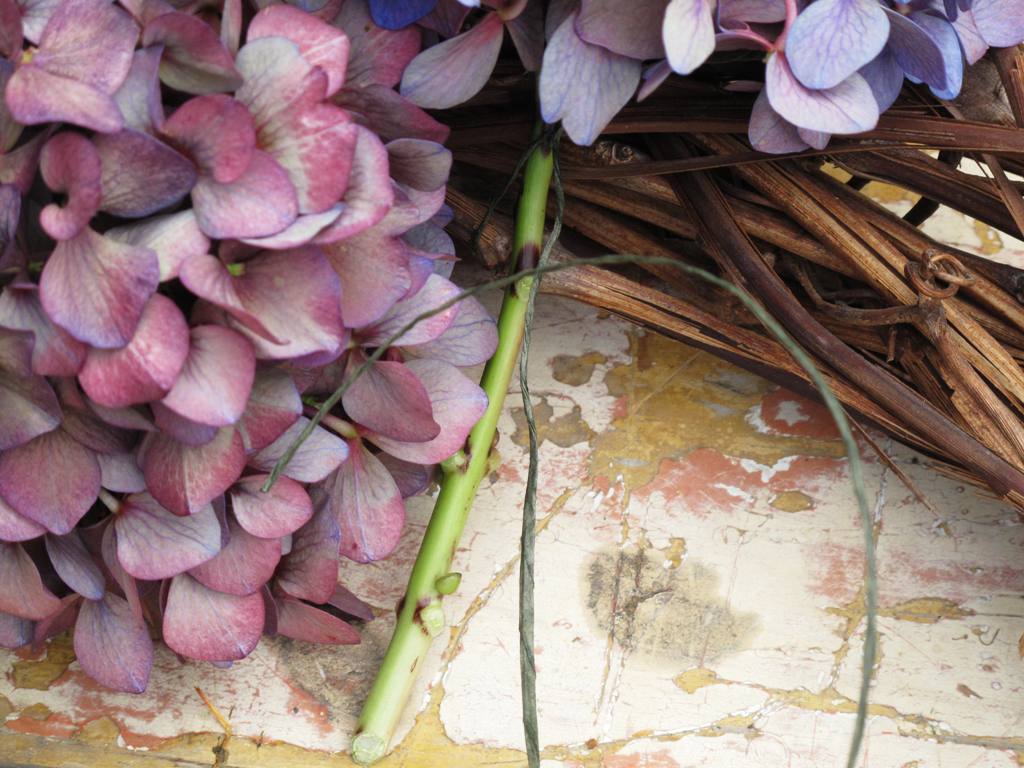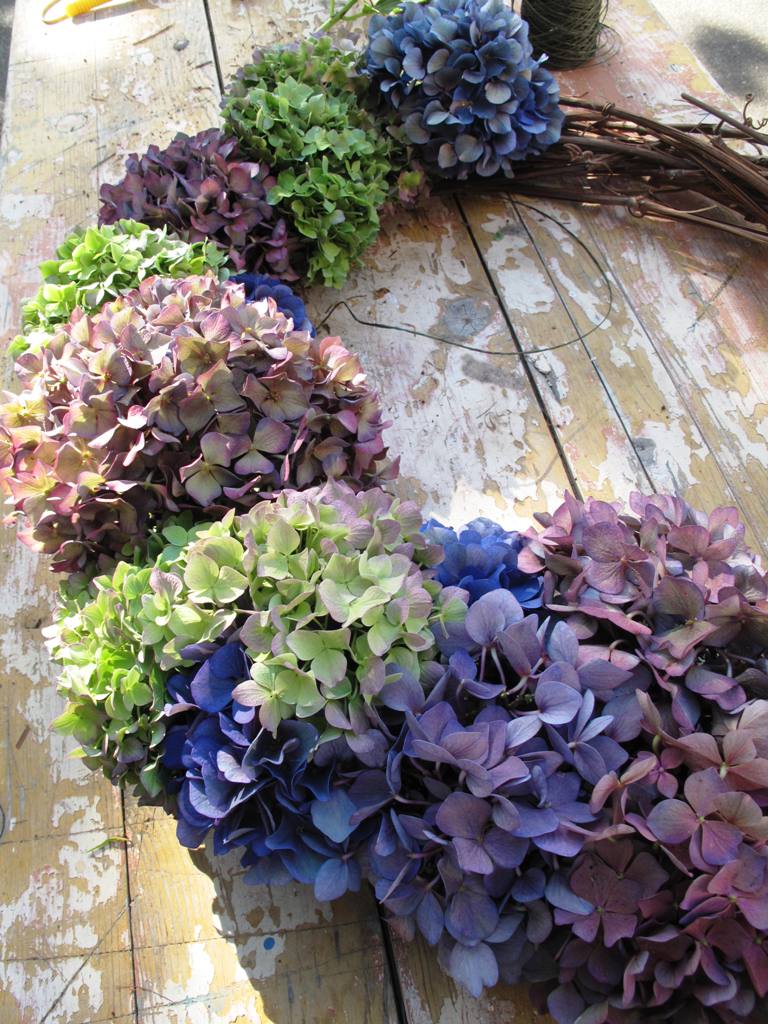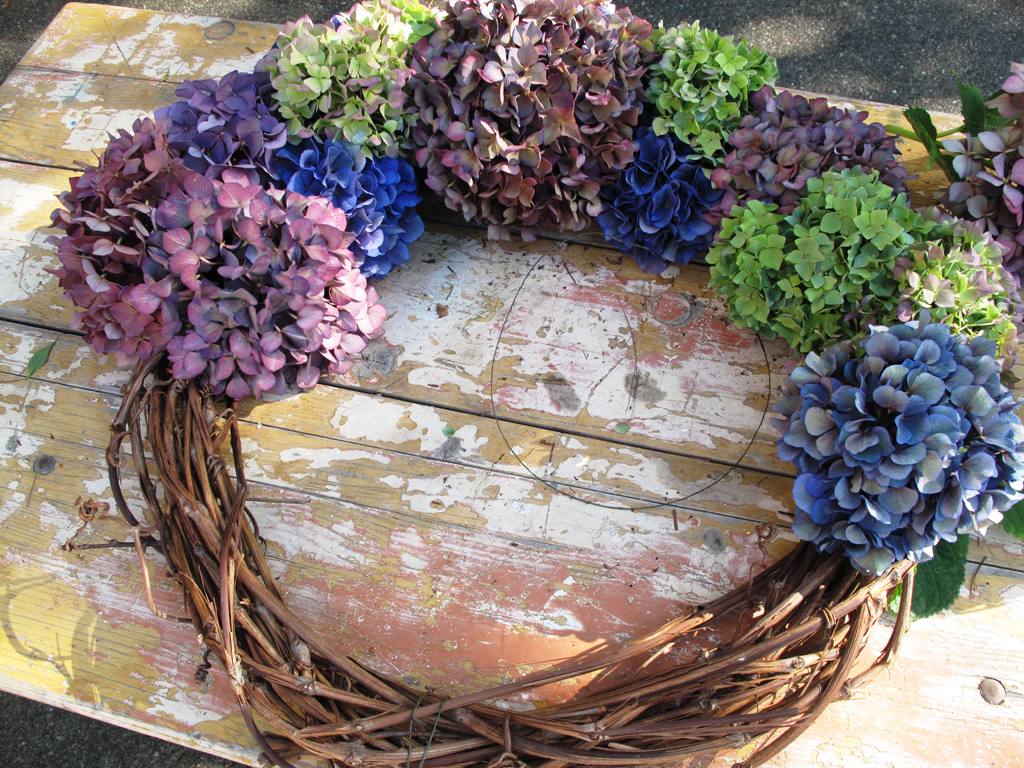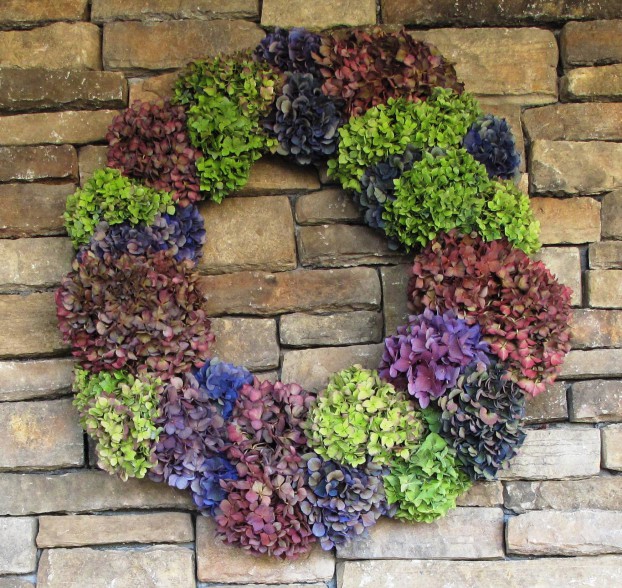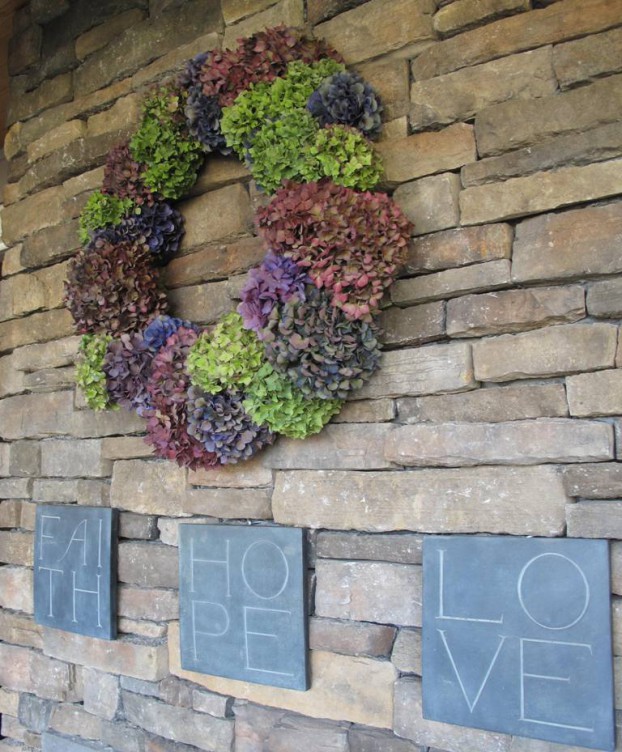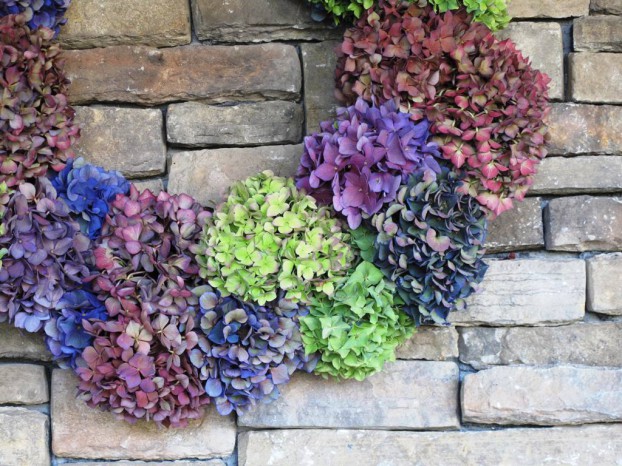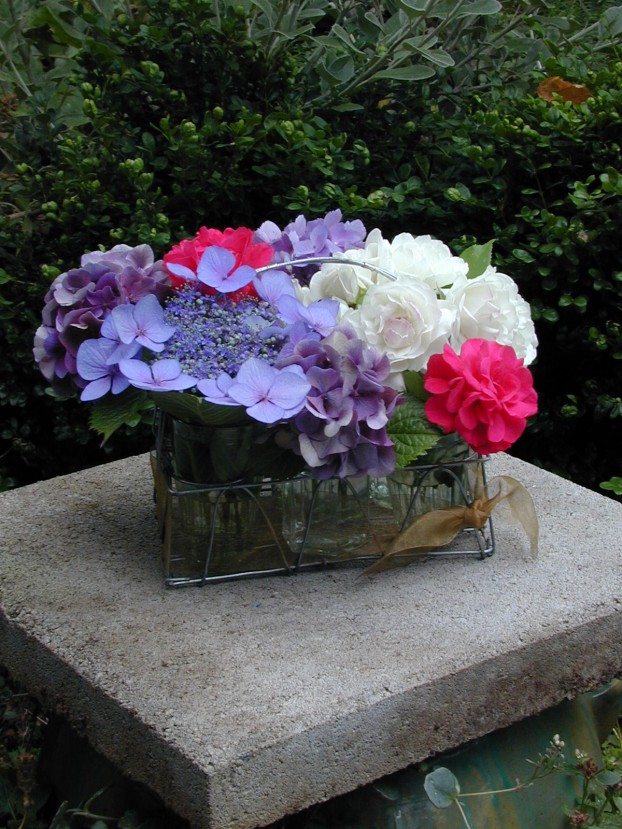
Let’s Play With Flowers! Fran Sorin tells us about floral design without rules in “Digging Deep.”
I’m one of those accidental bloggers who breaks most of the rules when it comes to what supposedly makes a garden blog successful.
For one thing, I write posts that are probably far longer than the experts advise.
Another thing: I am completely oblivious to key words, SEO, tags, metadata, etc. – all those tricks to get Google and other search engines to pay attention.
And finally, I write for my own pleasure rather than to merely sell or persuade. If I like something, I’m usually compelled to share it with the universe; and even if no one comments or clicks through, well, that’s no big deal. It makes me happy and that’s what stimulates me to create a post.
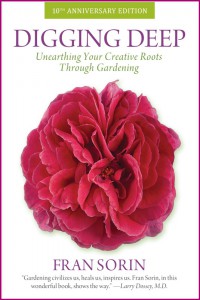
The just-released, 10th Anniversary Edition of “Digging Deep.” Read on to find out how you can enter to win!
So today, I am thrilled that the stars have aligned to accomplish two things at once — to share something that inspires me (and, I hope, you, too!) and to celebrate the publication of Fran Sorin’s 10th Anniversary Edition Digging Deep, a personally engaging book that gets to the heart, soul and “why” that lures us into a meaningful connection with nature, plants and gardening.
Today’s post is part of a “virtual book party” involving seven veteran garden bloggers, writers far more experienced than I am in the art and science of this craft. I was touched that Fran invited me to be part of the Cyber Book Party, all the more because I am smitten with this book.
I received no compensation or products for participating, although Fran sent me a review copy of Digging Deep (which is now a little used, because I’ve turned down page corners and underlined some of my favorite passages).
In honor of Digging Deep’s Cyber Book Party, Fran has priced the e-book at .99 while the giveaway is live. Yes, you read that correctly: 99-cents!
Here’s a little more about this book:
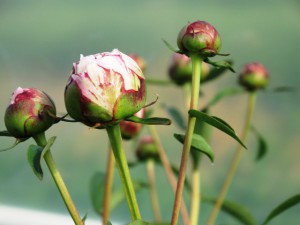
Observe a peony – this flower is one of Fran’s first childhood impressions of nature and the garden.
If you’re yearning to get out of the rut you’re in and cultivate more meaning and connection in life, Digging Deep offers the encouragement and tools to make it happen. Overflowing with tips, exercises, and resources, this instructive and inspirational guide is even more vital in today’s technology obsessed culture than when first published 10 years ago.
From Fran, you’ll learn how to bloom right along with your garden and use gardening as a conduit for beginning to experience creativity as a rich and dynamic lifetime journey.
The 7 Stages of Creative Awakening will take you through the steps of removing self-doubt and replacing it with strategies that will help you trust your instincts, let your imagination run wild, take risks, envision and design the garden of your dreams, reclaim your playfulness, and live the life you’re meant to— one filled with joy, well-being, and creativity.
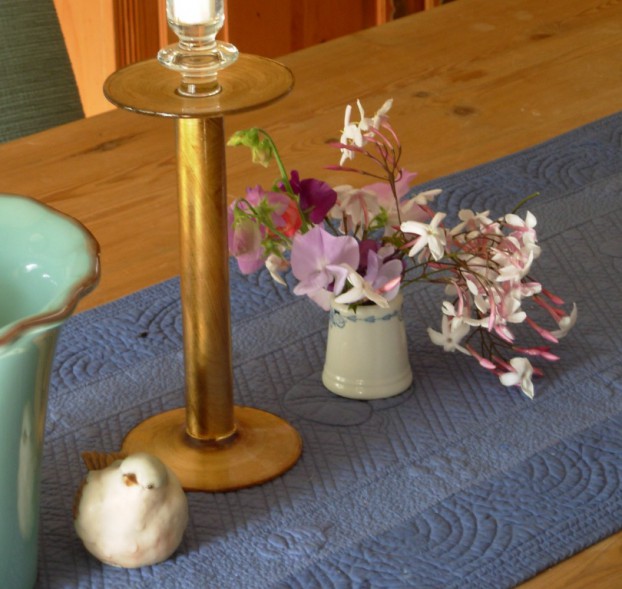
A diminutive bouquet, gathered from my former Southern California garden and arranged in a tiny toothpick cup.
And here’s one of the book’s “exercise” assignments that charmed me (I’ll tell you why later).
p. 35-37
“This is probably the most loved exercise we do in my workshops – I call it Playing With Flowers. Take a trip to your local farmer’s market, supermarket, street vendor, or florist. If you can possibly buy locally grown, sustainable flowers, please make the effort to do so [THANKS FRAN!]. Pick out as many different flowers as your budget allows. Just let your eye go to what it likes and add them to your bunch. Ideally, you want at last three different varieties of flowers in a range of colors as well as some greenery and other fillers like berries or branches.
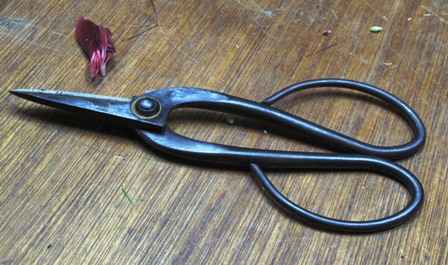 When you get home, remove any excess leaves and trim the bottom of the stalks on the diagonal. It’s easiest and most efficient to use a pruner, which you can find moderately priced at any gardening center. Place the flowers in a sink filled with cool water with the bottom of the stems submerged.
When you get home, remove any excess leaves and trim the bottom of the stalks on the diagonal. It’s easiest and most efficient to use a pruner, which you can find moderately priced at any gardening center. Place the flowers in a sink filled with cool water with the bottom of the stems submerged.
Go through your cabinets and take out any kind of vases or containers you have that could hold flowers. Think outside the vase – you can use teakettles, jars, glasses, cachepots, or pitchers. And don’t limit yourself in terms of size – even the smallest tumbler or toothpick holder can look lovely holding the top of one blooming rose.
Now comes the fun part. Put on some music you love, turn off your phone, and just let yourself play with different variations of arrangements. Experiment with a variety of combinations and see what you like and dislike. Notice how colors, shapes, and textures of leaves and flower petals work together. If you start one arrangement and don’t like it, take it apart and start again. There are no rules here – no boundaries, no goals you need to strive toward. I know there are countless books and articles out there about how to create lovely flower arrangements, but that’s not what this is about. You don’t have to be a professional florist here. In fact, striving for any kind of perfection negates the whole point. This is about letting yourself go and playing, trusting your eye, and noticing all the interesting things you come up with.
You may find that the critical voices in your head are quick to sabotage –
“I can’t do this.”
“This is too hard for me. I’m not good at things like this.”
“This is stupid. Why am I bothering?”
This is all the product of the ego, rising up to make sure your spirit stays buried – right where the ego likes it, thank you very much. Notice how much you question and censor yourself. Let your kinder inner voice (it’s in there somewhere!) lead you through and nudge you into letting go and being in the moment. Remember, you don’t have to do this brilliantly. You don’t even need to do it well. You only need to do it for the sake of the childlike soul within.
This exercise has so many benefits. It shows you how to start trusting your instincts, allows you to develop an awareness of color, texture, shape, and form (which you’ll need later on), forces you to slow down and be in the moment, and opens you up to experimenting and exploring – all essential elements in the process of creating and gardening.
When you’re finished with your arrangements, place them in various spots in your home where you’ll see them often. Change the water and trim the bottom of the stems every day to continue your interaction with them and keep them fresh. Living with these flower combinations will give you a taste of their beauty in the micro so you can begin to cultivate your aesthetic appreciation for them in the bigger picture later on.”
Fran’s lovely exercise is one I’ve personally used many, many times. I just didn’t know to call it “Playing With Flowers”! My experience with flowers has been so similar to the one Fran suggests to her readers.
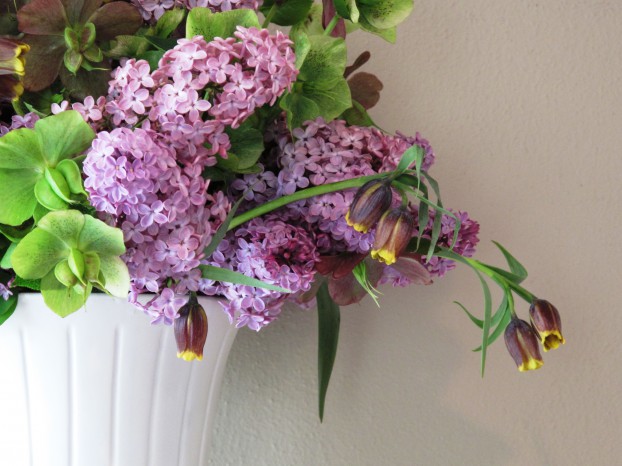
Yes, my lifelong love of lilacs dates back to a favorite childhood practice of playing at the base of an overgrown Syringa vulgaris shrub – and inhaling the fragrance.
In the introduction to my book Slow Flowers. I wrote about my year-long, weekly ritual of clipping and gathering stems, arranging them in just-the-right vase, and photographing the finished bouquet:
. . . Slow Flowers reflects life lived in the slower lane. My family, friends and professional colleagues know that it’s almost impossible for me to do anything slowly. I’m the queen of multitasking; I just can’t help myself. There are too many exciting opportunities (or bright, shiny objects) that command my interest. But this “year in flowers” was altogether different. I can only compare it to the practice of praying or meditating. I didn’t realize that those few hours I spent each week, gathering and choosing petals and stems, arranging them in a special vessel, and then figuring out where and how to capture the finished design through my camera lens, would be so personally enriching.
I used all my senses. Unplugged, away from electronic distractions, I studied the form, line, texture, subtle color and utter uniqueness of each stem. What a gift to slow down and experience the moment. I don’t know much about ikebana, the Japanese art of arranging flowers, but I understand that silence and contemplation of nature are part of its practice. I experienced something similar. Slow Flowers forced me to work at a decidedly different pace as I embraced creativity, fearlessly.
I learned about my own preferences, design style and ability to look at the world of floral ingredients in an unconventional way. I learned that I really am a floral designer. Like me, you don’t have to earn a certificate from the London School of Floral Design to create seasonally-inspired bouquets. You can find local blooms in your or your friend’s garden, or from the fields, meadows and farm stands of local flower growers. Each bouquet tells a story about one moment in time, about Grandmother’s cherished flower vase or the fleeting memory that returns with a whiff of lavender or lilac. That’s one of the intangible gifts of bringing flowers into our lives.
. . . Gardeners are especially qualified in the art of floral design. After all, we have an intimate relationship with our plants, their bloom cycle, their natural form and character – and their seasonality. We also know what colors and textures we like when combined in the landscape. A vase can be a little garden, its contents gathered and arranged to please the eye.
So give it a try. Design a bouquet. Channel your inner floral designer and begin your own year with slow flowers.

Author, designer, visionary Fran Sorin
Playing With Flowers can cost little or nothing to try, especially if you step outdoors and gather seasonal gifts from your own backyard.
Here are some more goodies that might make your day.
Thanks to the support of others fans of Fran Sorin’s “Digging Deep,” we have several giveaways for you to try and win.
In addition to entering here, you actually have seven chances to win by visiting all the participating bloggers:
1. Dee Nash – www.reddirtramblings.com
2. Helen Yoest- www.gardeningwithconfidence.com
3. Jenny Peterson- www.jpetersongardendesign.com
4. Rebecca Sweet- www.harmonyinthegarden.com
5. Brenda Haas- www.bggarden.com
6. Fran Sorin- www.gardeninggonewild.com
The “Digging Deep” giveaway ends on Monday, December 8th at midnight Eastern Time. Winners will be announced on Tuesday, December 9th. Here are the rules:
1. Post a comment here on my blog, sharing an enduring, personal flower memory. For me, that “dig deep” flower memory is the color, soft texture and intense perfume of the common lilac, Syringa vulgaris, which reminds me so vividly of a Connecticut garden of my childhood. Share yours in the comment section below and you will be entered into the drawing, which takes places next week.
2. By making a comment here on debraprinzing.com, you will be entered into each of two drawings:
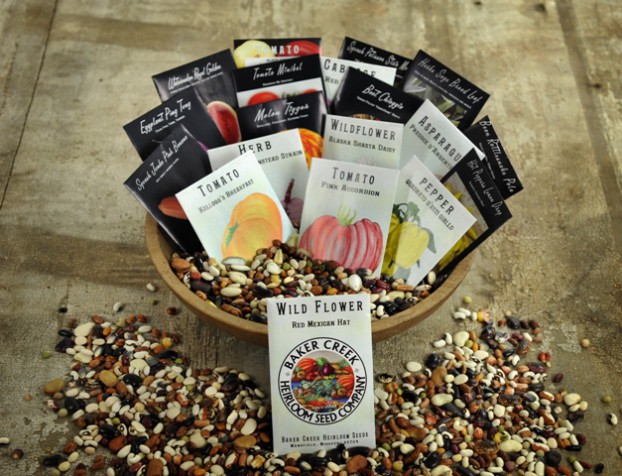
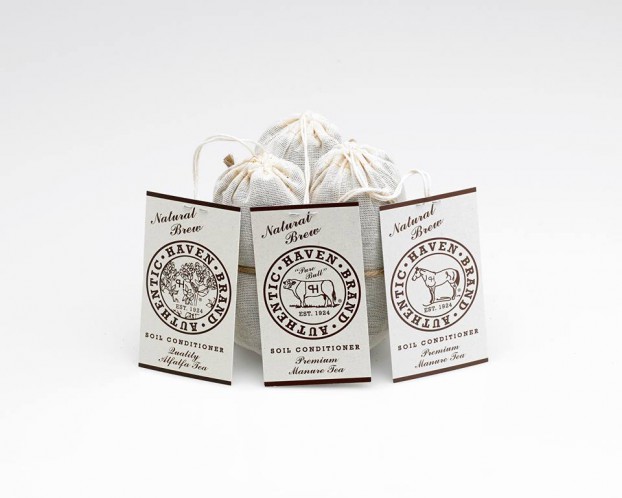
Prize #1 – Baker Creek Heirloom Seeds — 19 handpicked varieties of veggies and flowers- valued at over $50. PLUS, a 3-pack selection of Authentic Haven Brand Tea, a premium soil conditioner that’s safe for all garden, indoor plants and soil types. Makes an excellent foliage spray.
![FullSizeRender[1].jpg_-_Nature_Innovations_Photo_of_Container](https://www.slowflowerspodcast.com/wp-content/uploads/2014/12/FullSizeRender1.jpg_-_Nature_Innovations_Photo_of_Container-622x466.jpg)
Prize #2 – Nature Innovations- www.natureinnovations.com — a new product line for indoor and outdoor gardening that provides plants with the most realistic look of nature with out chopping down a tree.
Molded from live trees Nature Innovations planters are made from a high density polyurethane, lightweight, UV resistant, and incredibly durable. All Nature Innovations planters are individually had painted and are 100% made in the USA. The prize includes four planters/containers (retail $149).
Thanks for your participation! And no matter what level of a gardener or a floral designer you I challenge you to try “Playing With Flowers” as you Dig Deep into your relationship with the earth.
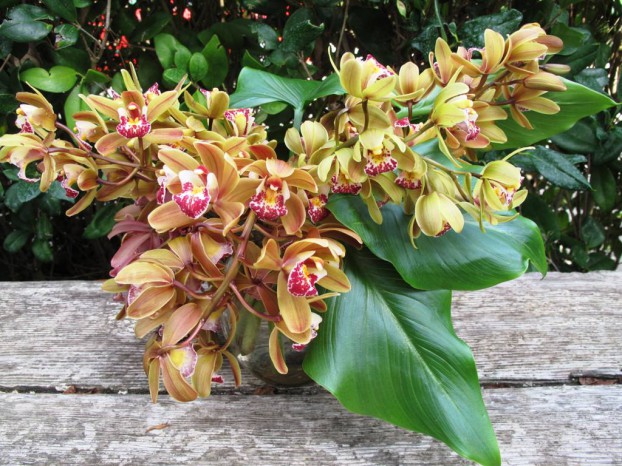
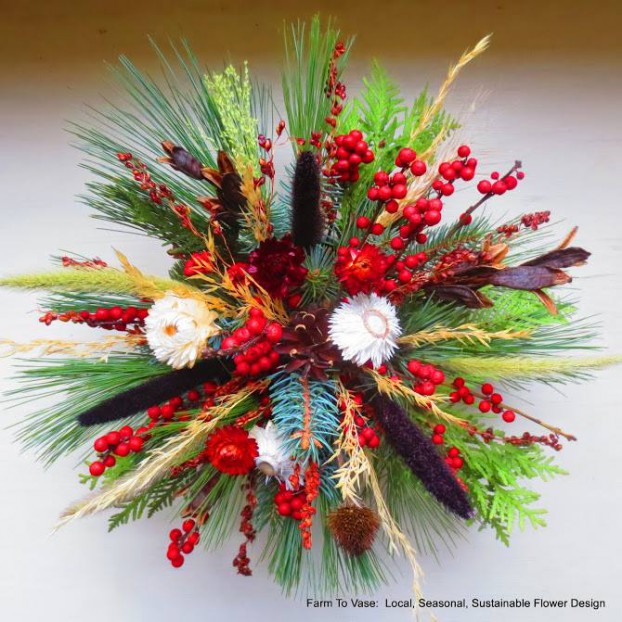
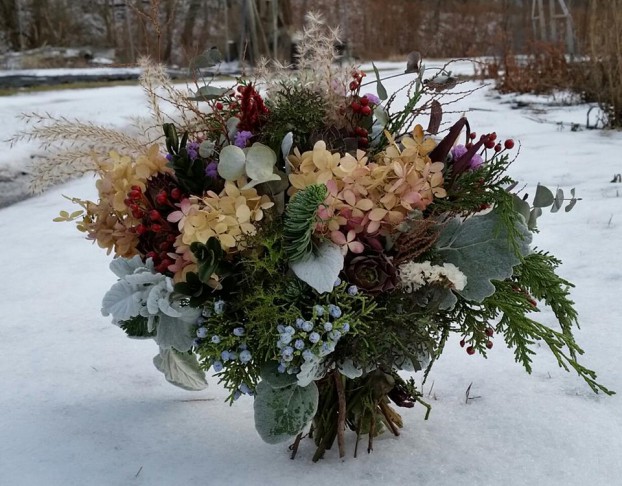









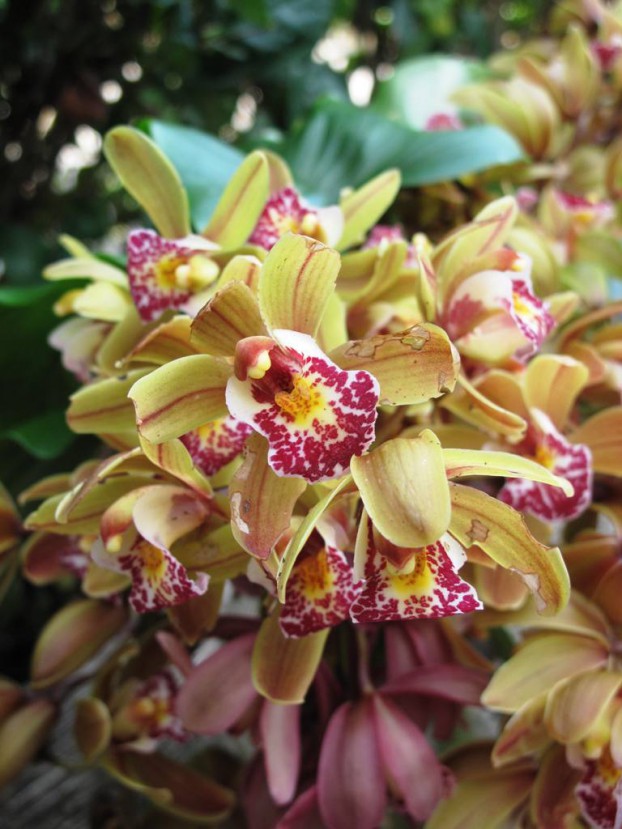
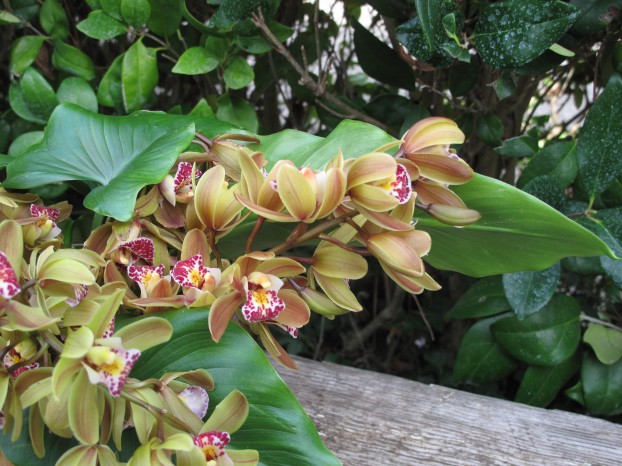
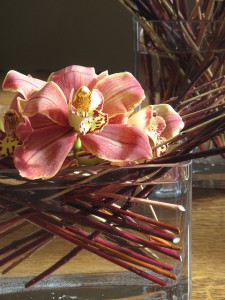
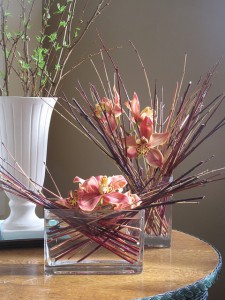
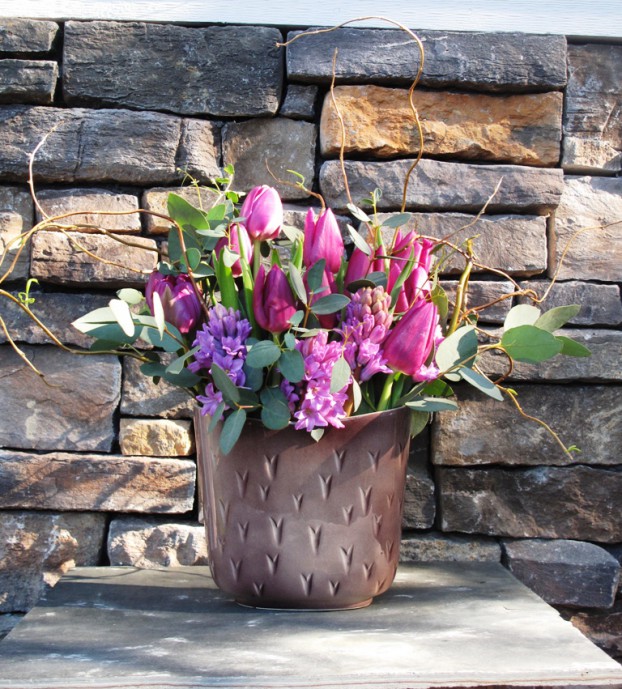
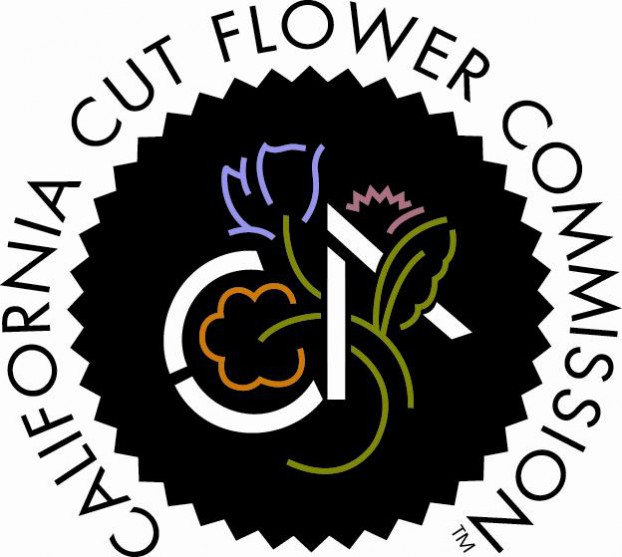
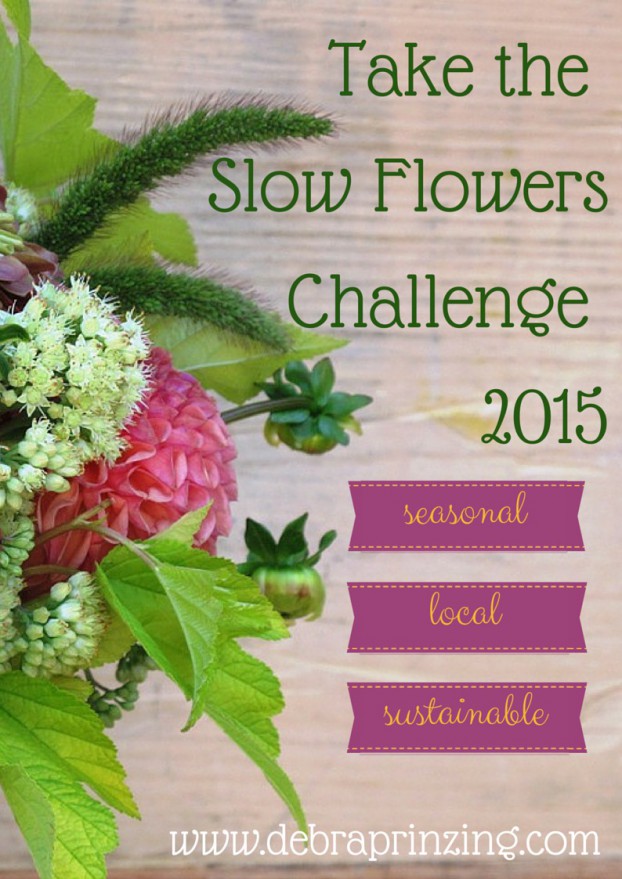
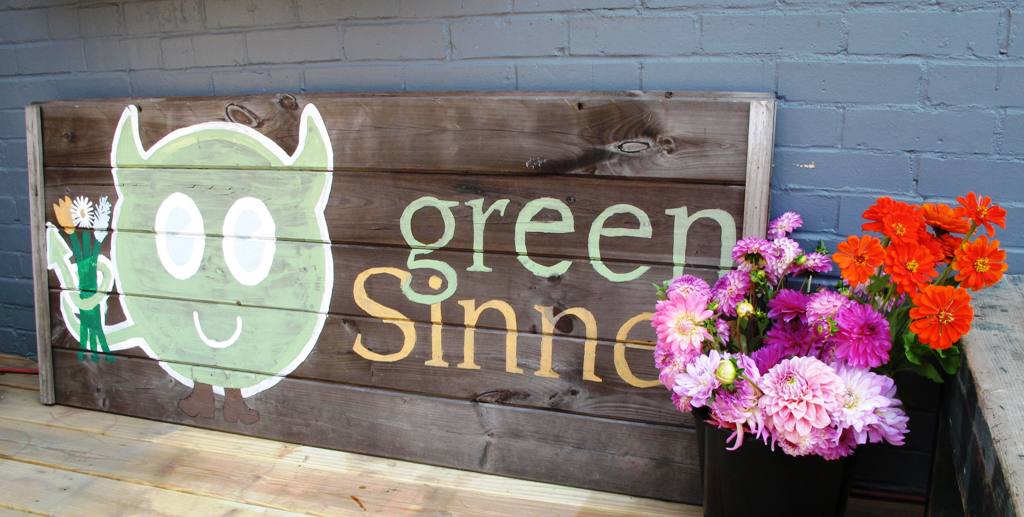
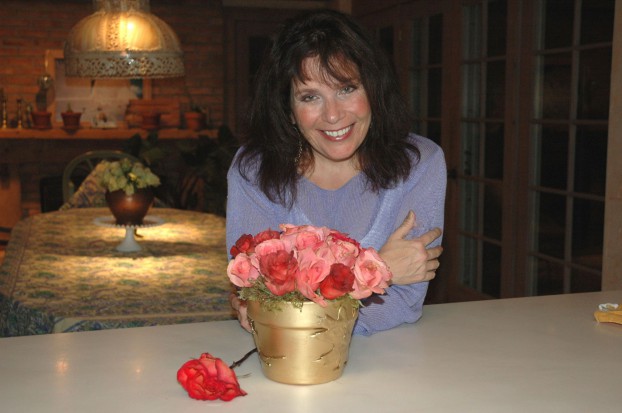
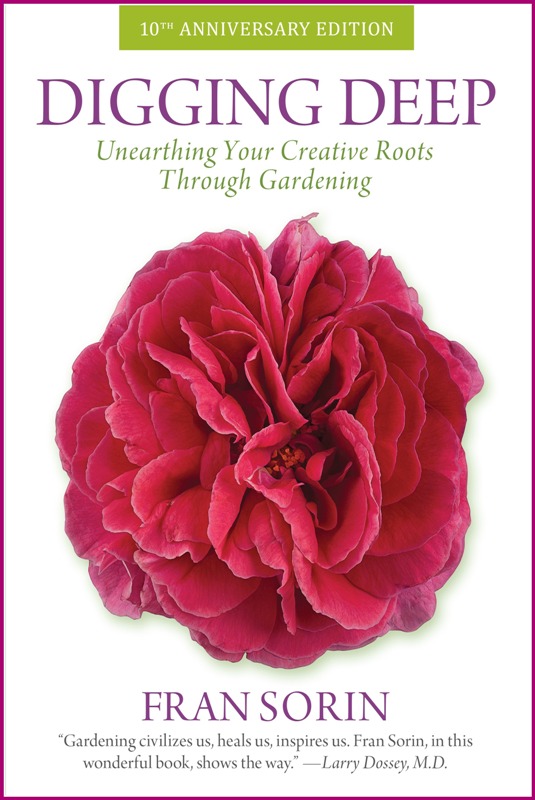
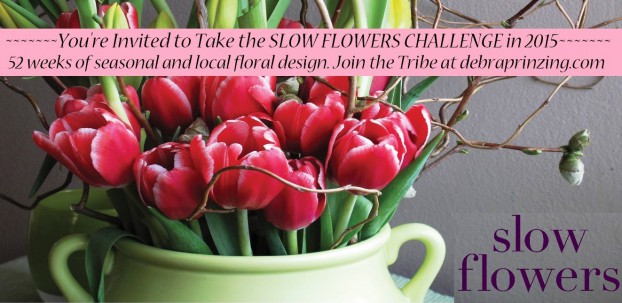
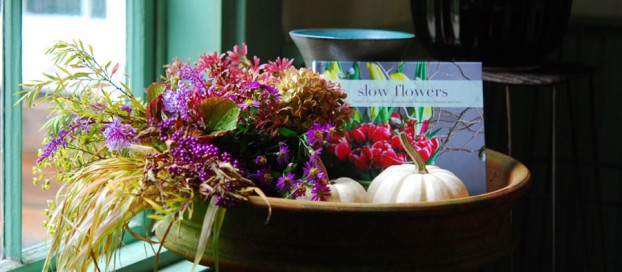
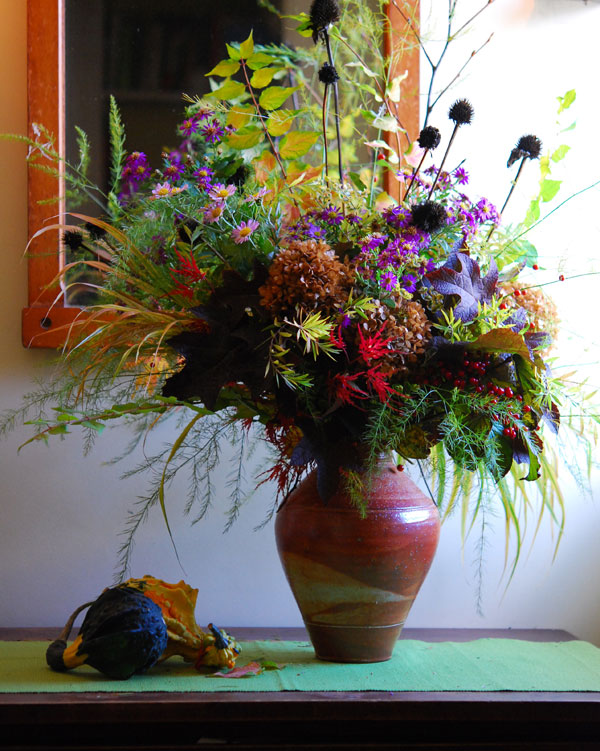
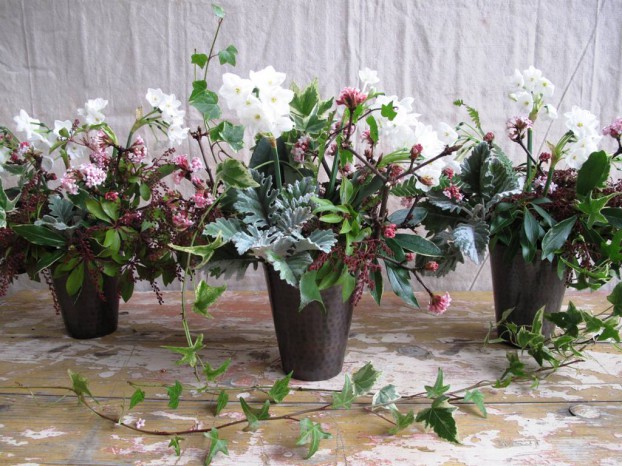
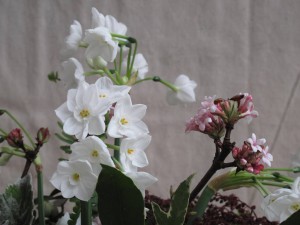
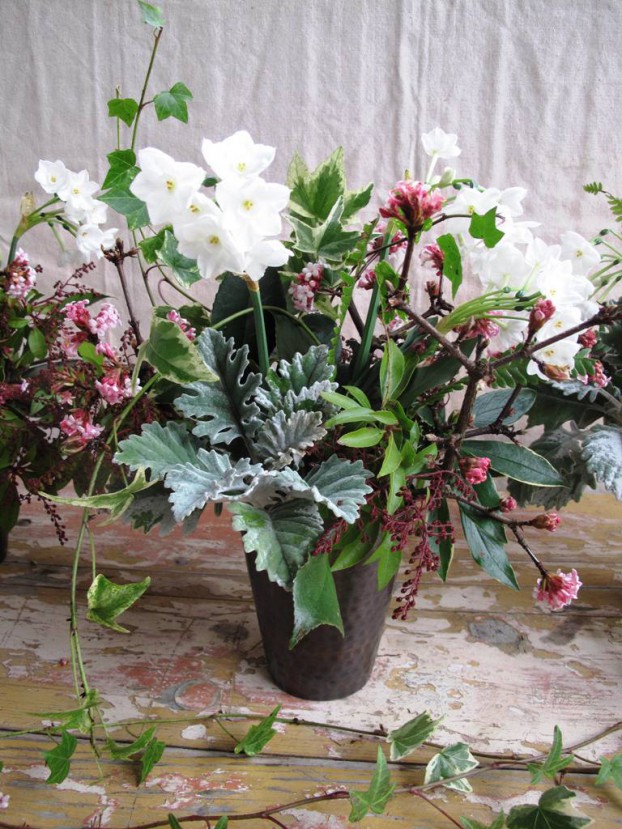
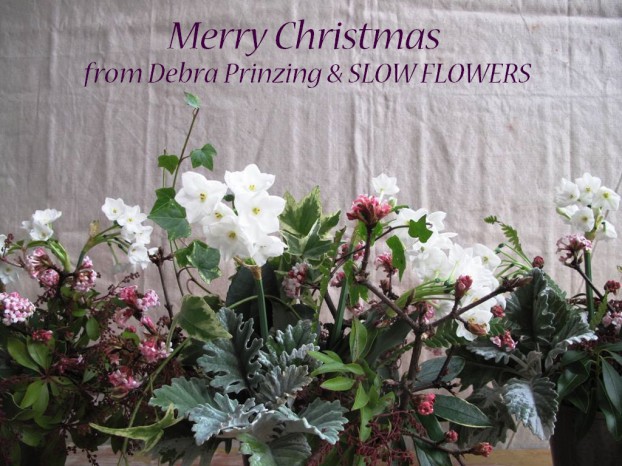
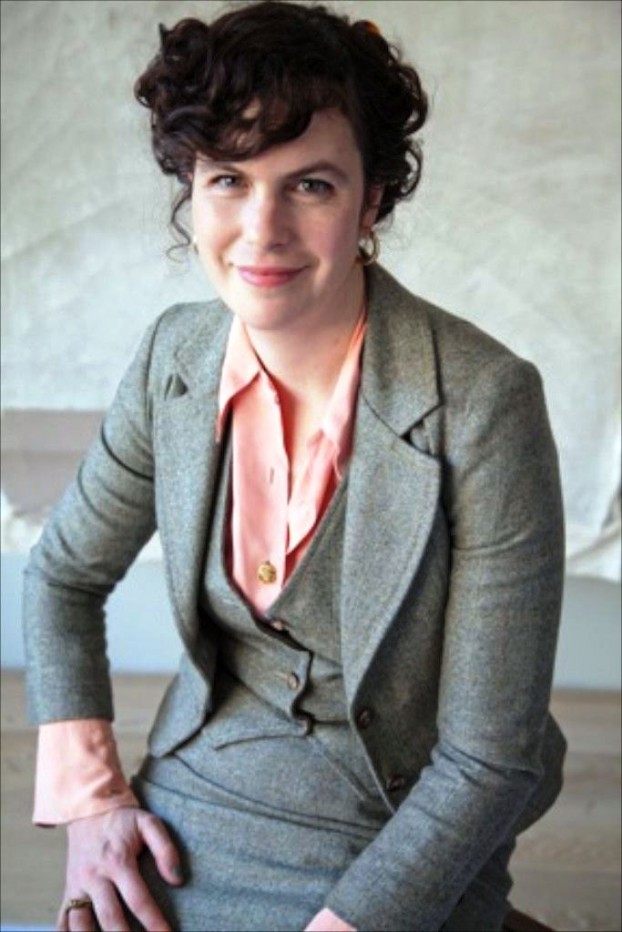
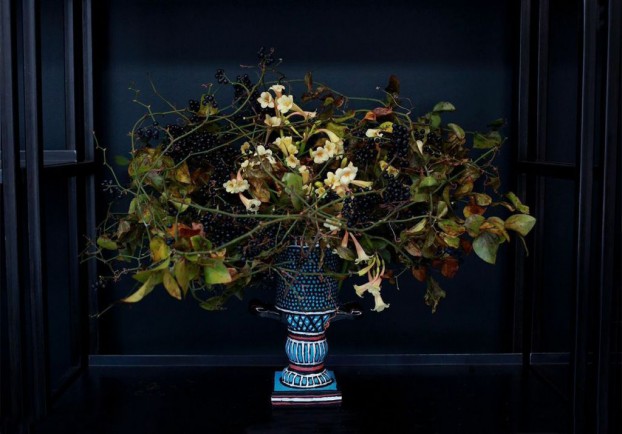
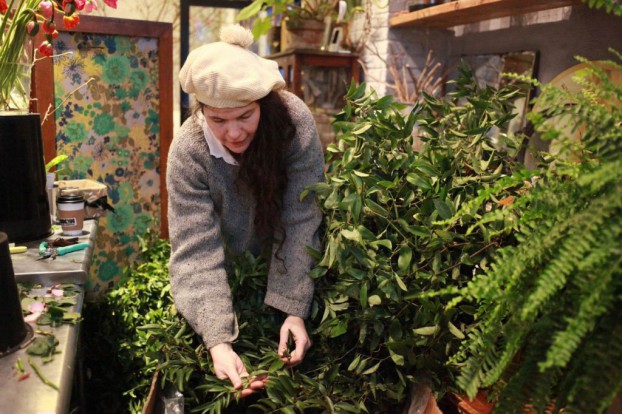
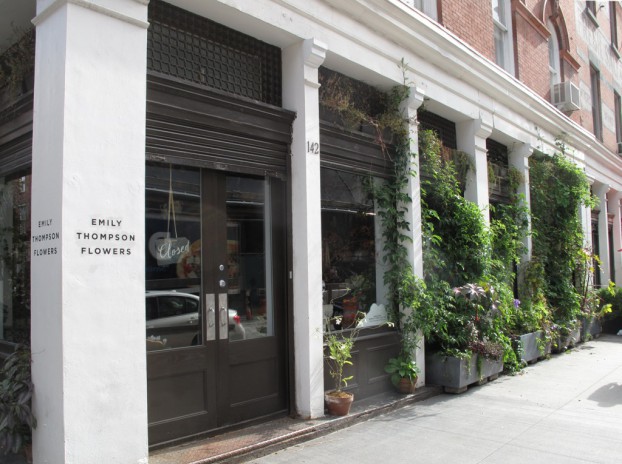
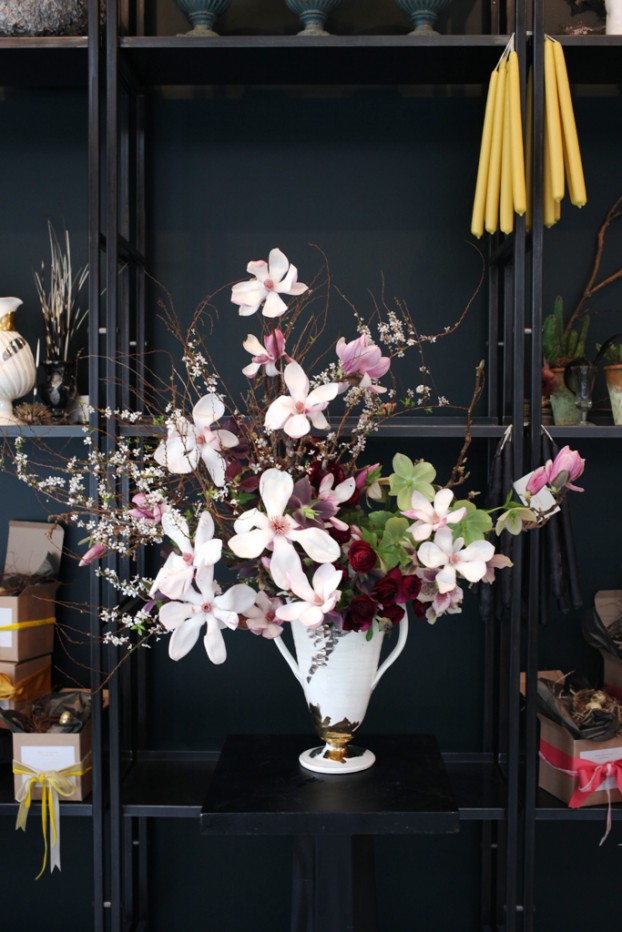
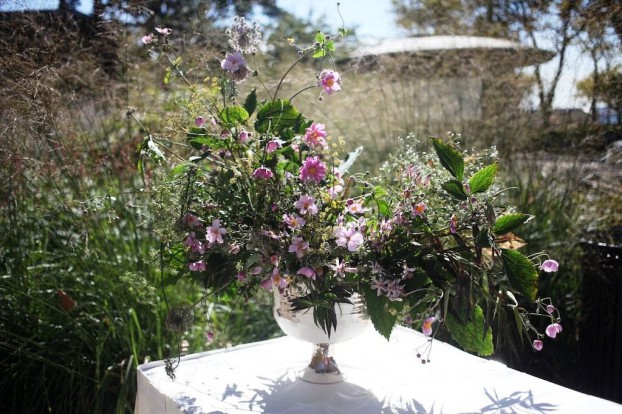
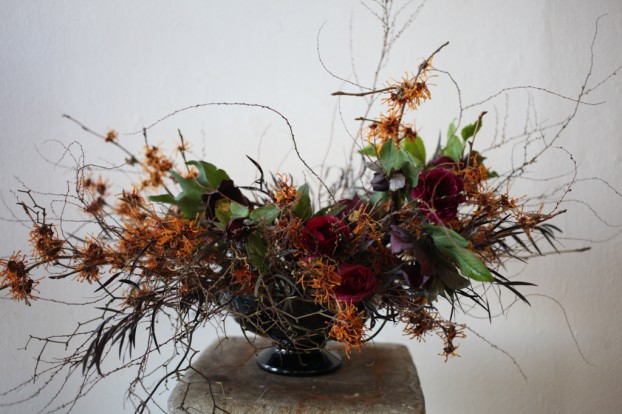
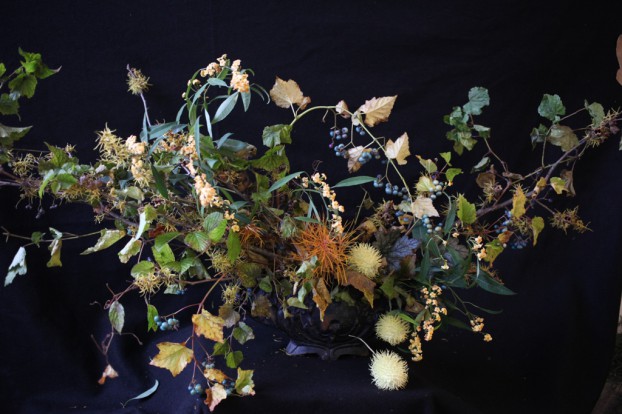
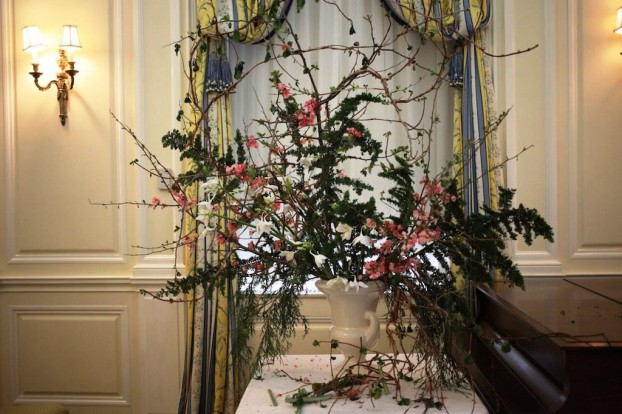
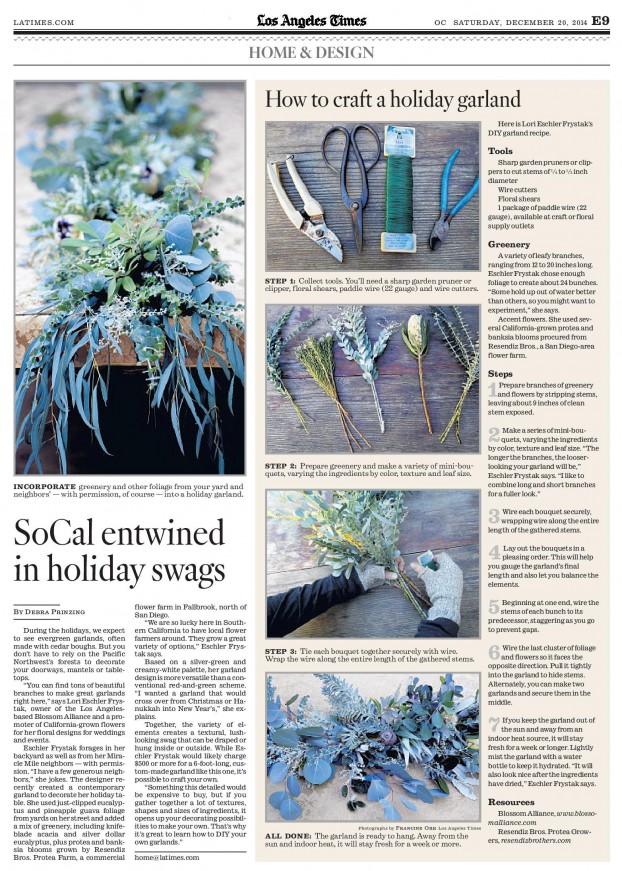









![FullSizeRender[1].jpg_-_Nature_Innovations_Photo_of_Container](https://www.slowflowerspodcast.com/wp-content/uploads/2014/12/FullSizeRender1.jpg_-_Nature_Innovations_Photo_of_Container-622x466.jpg)
